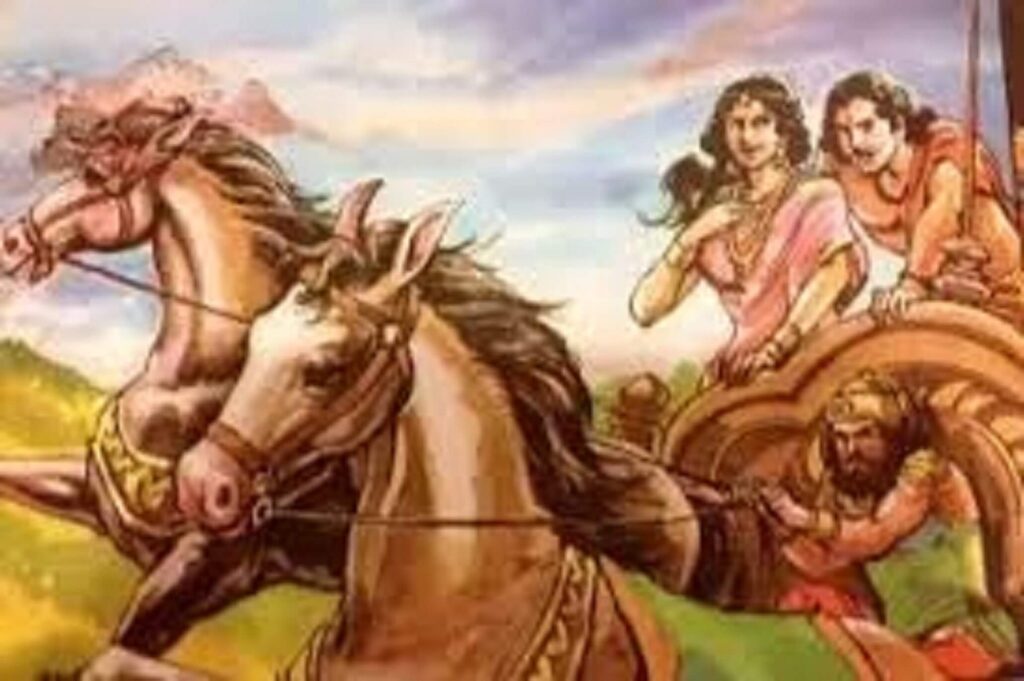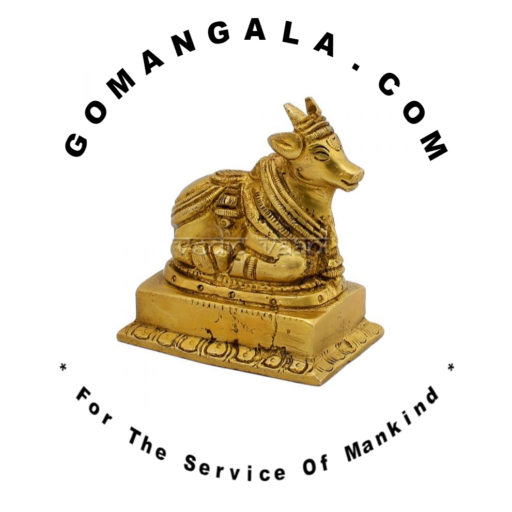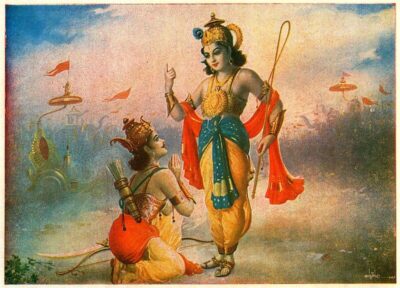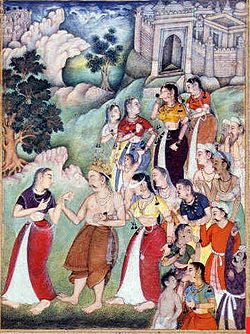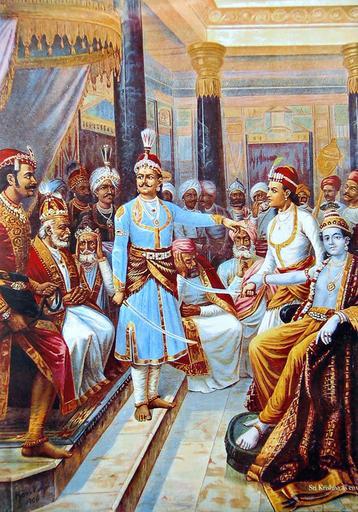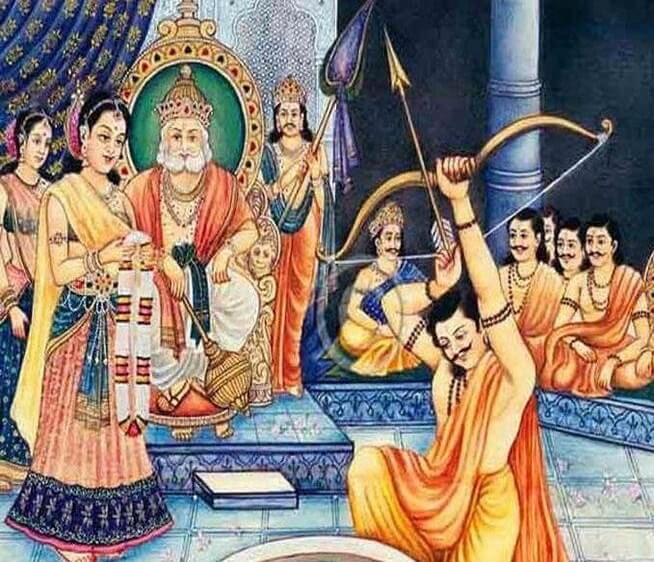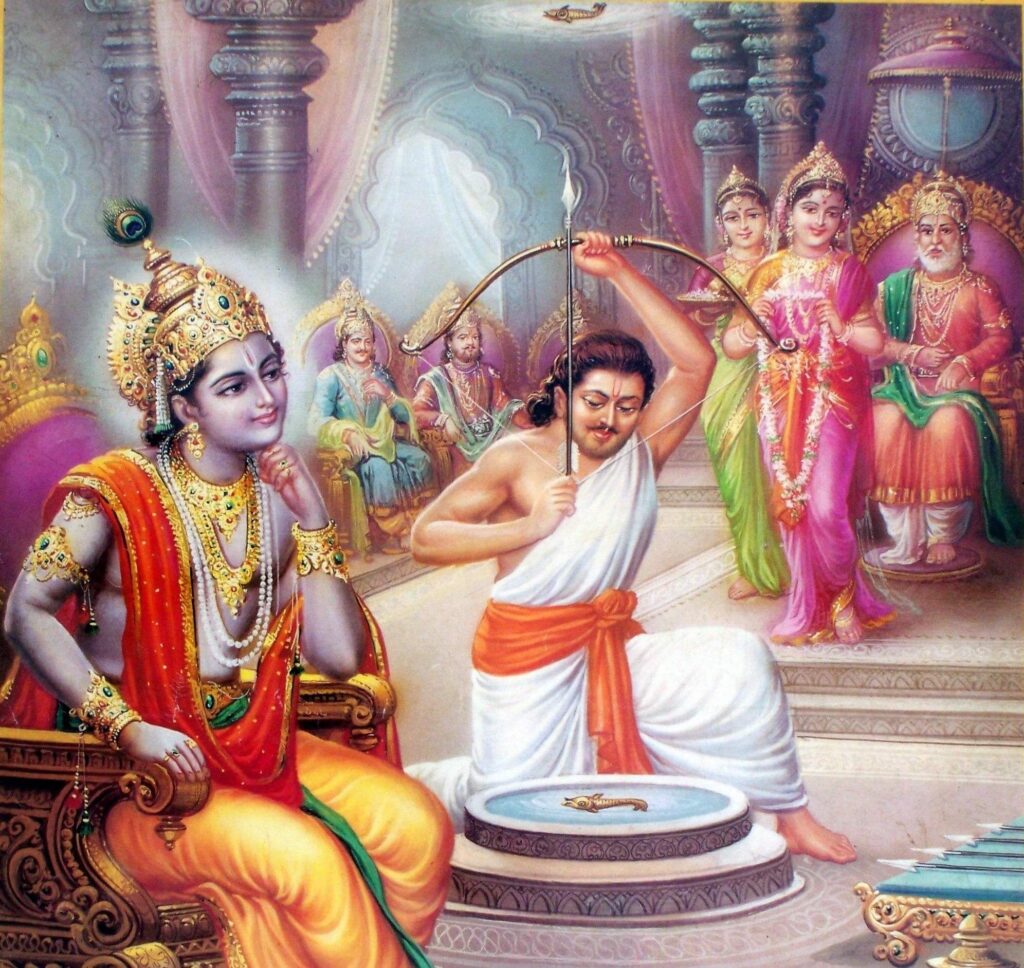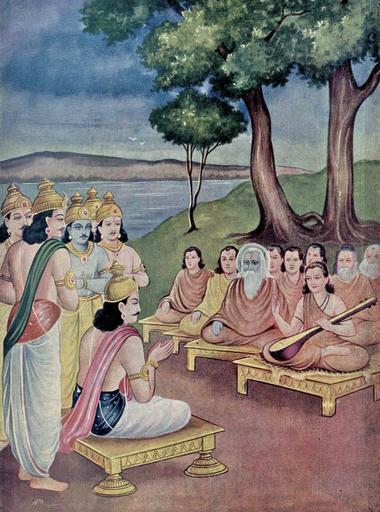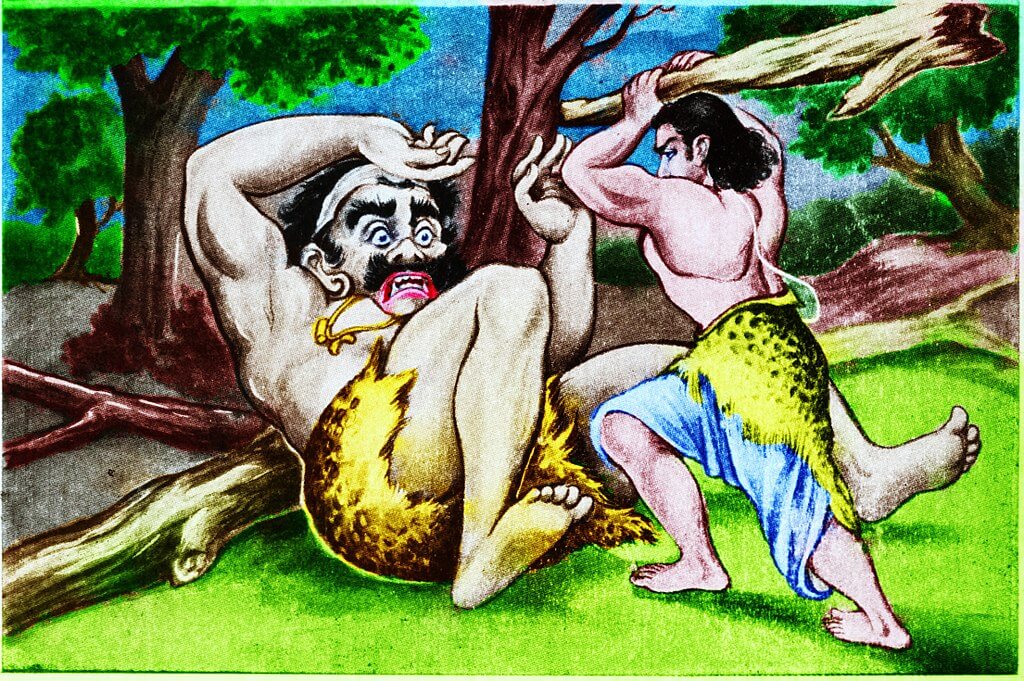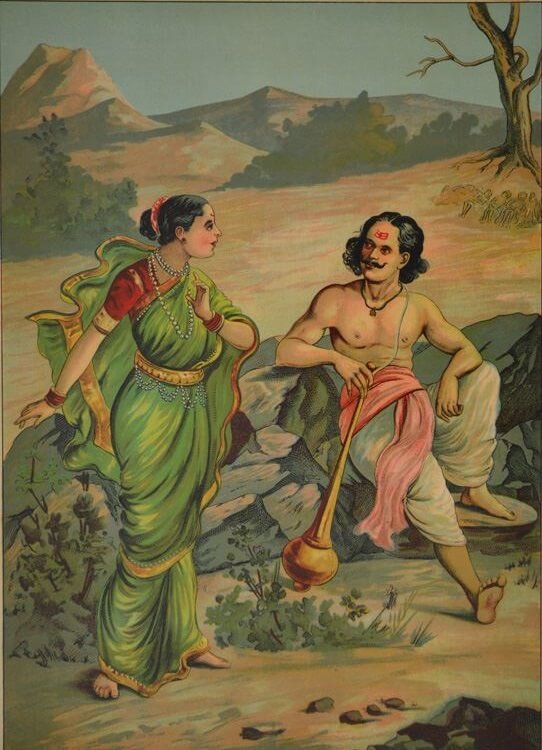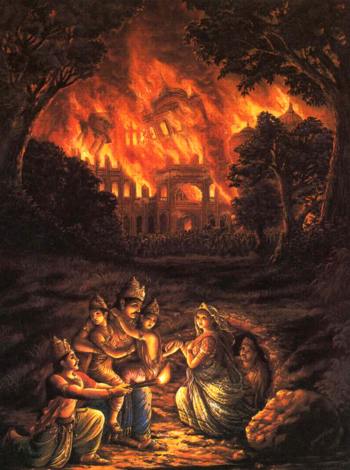Subhadradarshana Parva is the seventeenth upa parva in the first maha parva, named as Adi parva, in Mahabharata. Vyshampayana had narrated the historic events to Janamejaya, on his queries:
Who had arranged the festival at Raivata Mountain?
The king of Dwaraka was Balarama. His commander in chief was Kritavarma. His army was known as Narayani Sena. Balarama always accepted the opinions of Krishna before the commencement of any new work. On the orders of Balarama, Kritavarma had arranged the festival in the Mountain of Raivata. The father of Krishna, Vasudeva, had also supported the festival. The people from Mathura and Dwaraka had attended the common festival at Raivata Mountain.
